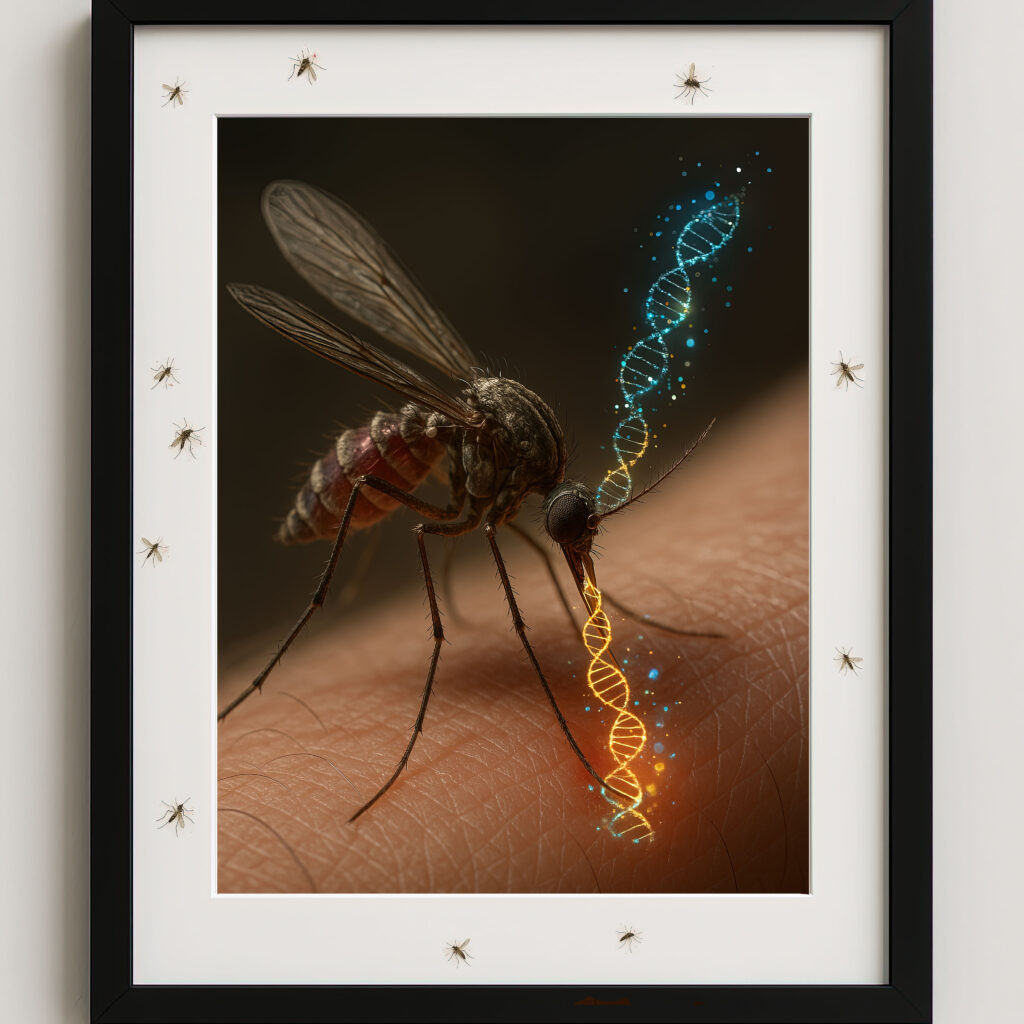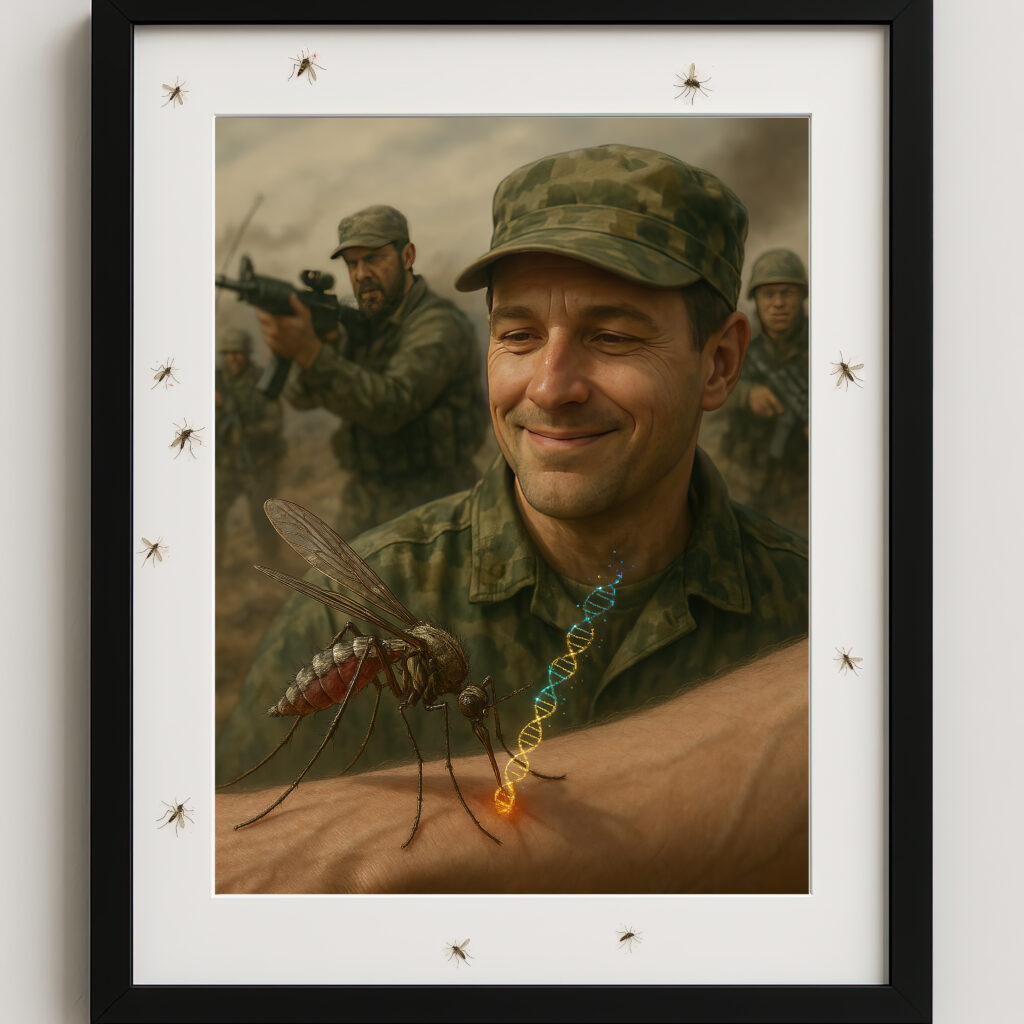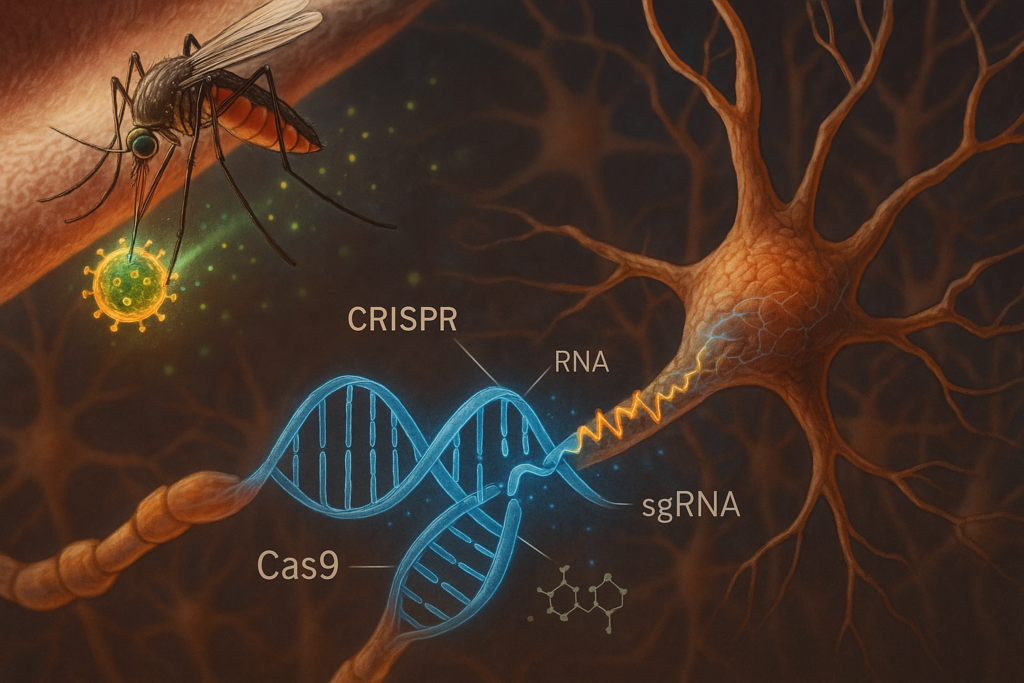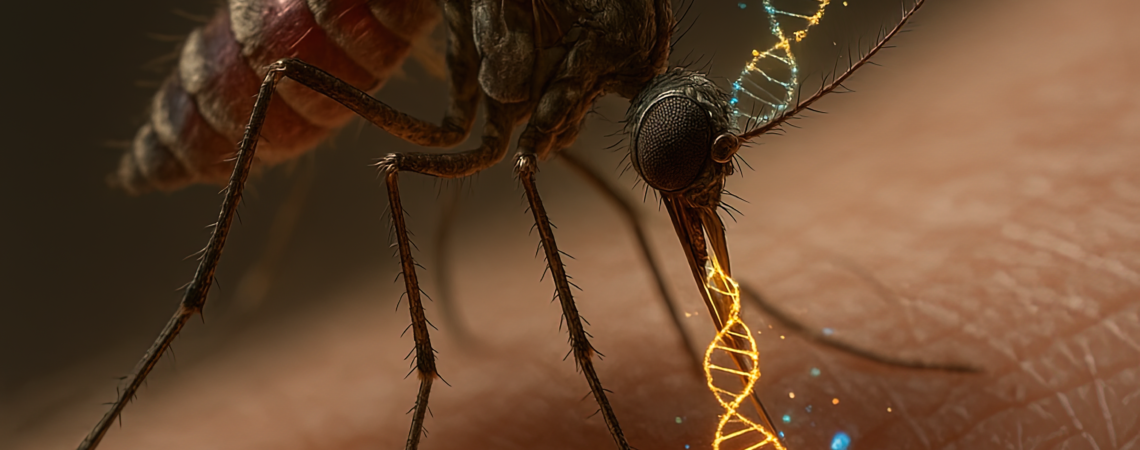In the winter of 1914, as the first World War raged across a fractured Europe, a quiet snow fell over the Western Front. Amid the blood-soaked trenches and the bitter cold, a strange stillness took hold on Christmas Eve. From the German side, a solitary voice began to sing Stille Nacht, its gentle melody drifting through the smoke and darkness across no-man’s-land. Soon, Allied soldiers recognized the tune—Silent Night—and joined in, their voices mingling in a fragile harmony above the ruins. For a brief moment, war paused, and humanity returned.
By morning, soldiers from both sides cautiously emerged from their trenches. They exchanged rations, photographs of loved ones, and even played impromptu games of football in the icy mud. The spontaneous truce—unofficial, uncommanded, and profoundly human—stood as a flickering beacon of peace in a world torn apart. Though the gunfire returned soon after, the Christmas Truce became legend: a testament to the power of song, shared spirit, and fleeting human connection to bridge even the deepest divides. Now, nearly a century later, science offers a new kind of song—written not in music, but in DNA.
In the near future, genetically engineered mosquito biovectors, carrying CRISPR-Cas9 systems and finely tuned RNA payloads, deliver precise genetic instructions to humans during a simple blood meal. The viral vector slips into the bloodstream, crosses into the brain, and edits molecular pathways that govern aggression. Slowly, a soldier’s violent reflexes begin to soften. The neural circuits, once primed for rage, now hum with balance and restraint. The evolution of compassion shifts from a slow social process to an immediate molecular transformation. Will these more peaceful genes be passed from the male to his and her offspring? That is the hope and purpose.
This idea makes me think of Dr. Robert Sapolsky and his research about aggression in baboon troops. In this research alpha males died and the troop transformes into a peaceful troop. Since then, a peaceful approach has become a cultural norm for these baboons. This is now a norm continuing for 20 years and now transforms other aberrant baboons that may wander into the troop.
This vision draws on real advances already reshaping the natural world. Scientists have created mosquitoes with gene drives—genetic systems that bias inheritance—to crash their own populations and curb diseases like malaria. CRISPR-based edits can render female mosquitoes sterile or skew sex ratios toward non-reproductive males. Released into the wild, these traits spread with startling speed, passing to nearly all offspring and driving populations toward collapse in just a few generations.
The same precision that reengineers nature’s most persistent killer could, in theory, be turned toward humanity’s most persistent instinct for violence—rewriting our biology to make war itself obsolete.

Here is a scientifically grounded outline of how a CRISPR-based behavioral modification gene drive could work.
CRISPR-Based Behavioral Modulation via Mosquito Biovectors
1. Vector Choice: Engineered Mosquitoes
- Genetically modified Aedes aegypti mosquitoes are used as delivery systems.
- These mosquitoes are engineered to carry a viral payload in their saliva glands, which is released during a blood meal.
2. Viral Payload: AAV or Lentivirus
- The virus must be:
- Tissue-targeted to affect the brain, ideally crossing the blood-brain barrier.
- Engineered with a CRISPR-Cas system guided by synthetic single guide RNAs (sgRNAs) to target genes related to aggression regulation in humans.
- Candidates for the viral vector:
- Adeno-Associated Virus (AAV9) – known to cross the blood-brain barrier.
- Lentivirus – for more permanent DNA integration.

3. Target Genes
- Potential human gene targets include:
- MAOA (monoamine oxidase A): Linked to aggression when mutated or under-expressed.
- SLC6A4 (serotonin transporter gene): Involved in serotonin reuptake and emotional regulation.
- BDNF (brain-derived neurotrophic factor): Associated with neural plasticity and mood.
4. CRISPR Mechanism
- The virus introduces the Cas9 enzyme and sgRNA into the target cells in the amygdala or prefrontal cortex.
- Cas9 makes a precise cut in the DNA of target genes.
- The edit may:
- Silence overactive genes related to violence.
- Upregulate genes that support empathy and prosocial behavior (via promoter edits or exon activation).
- The edits are permanent if integrated using homology-directed repair (HDR), or transient if done using RNA base editing (e.g., via Cas13).

5. Safety Controls
- To prevent off-target effects or misuse:
- A “kill switch” CRISPR failsafe.
- Restricted gene drives (only affecting local populations, not global spread).
- Tunable promoters to limit expression strength.
Research: CRISPR & Gene Drives in Mosquitoes
- Hammond et al. (2016) — A CRISPR-Cas9 gene drive system targeting female reproduction in Anopheles gambiae. Nature Biotechnology.
- Kyrou et al. (2018) — A CRISPR–Cas9 gene drive targeting doublesex causes complete population suppression in caged Anopheles gambiae. Nature Biotechnology.
- Gantz et al. (2015) — Highly efficient Cas9-mediated gene drive in Drosophila. PNAS.
- Esvelt et al. (2014) — RNA-guided gene drives for altering wild populations. eLife.
- Burt (2003) — Site-specific selfish genes as tools for control of natural populations. Proc. Royal Society B.
- Galizi et al. (2014) — Synthetic sex-ratio distortion for controlling the human malaria mosquito. Nature Communications.
- Simoni et al. (2020) — A male-biasing sex-distorter gene drive in the human malaria mosquito. Nature Communications.
- Carballar-Lejarazu & James (2017) — Population modification of anopheline mosquitoes for malaria control. PLOS Genetics.
- Hammond et al. (2017) — The creation and selection of mutations resistant to a gene drive in malaria mosquitoes. PLOS Genetics.
- Eckhoff et al. (2017) — Impact of mosquito gene drive on malaria elimination: modeling study. PLOS Computational Biology.
- https://www.media.mit.edu/articles/crispr-gene-drives-and-the-future-of-evolution/https://www.caltech.edu/about/news/a-new-crispr-driven-technology-for-gene-drive-in-plants
Artists, Works, and Curators (CRISPR / Bio-Art)
- Emilia Tikka — Eudaimonia (2018): speculative design/art exploring CRISPR’s impact on emotion and identity.
- Ars Electronica Project page and jury texts contextualizing CRISPR-related speculative art.
- Anna Dumitriu — Make Do and Mend (CRISPR gene-editing explored through textiles and storytelling).
- Jens Hauser — Curator/researcher; essays and exhibitions on bio-art and new biotechnologies
- William Myers — Biodesign (book/exhibitions; curatorial writing on design with living systems and gene editing).
- V&A Museum Biodesign Collection — Institutional context for design with biology (includes CRISPR era design debates).
- Ars Electronica Center — CRISPR exhibition materials and public engagement resources.
- Heather Dewey-Hagborg — While not strictly CRISPR, her DNA-centric works are key in the genetic-art discourse.
- SymbioticA (Oron Catts & Ionat Zurr) — Art-science lab/platform shaping the bio-art field; frequent CRISPR-adjacent discourse.
- Science Gallery — Curated exhibitions on biotech and society; multiple shows including CRISPR-focused programming and talks.
- https://innovativegenomics.org/news/visualizing-crispr-through-art/
